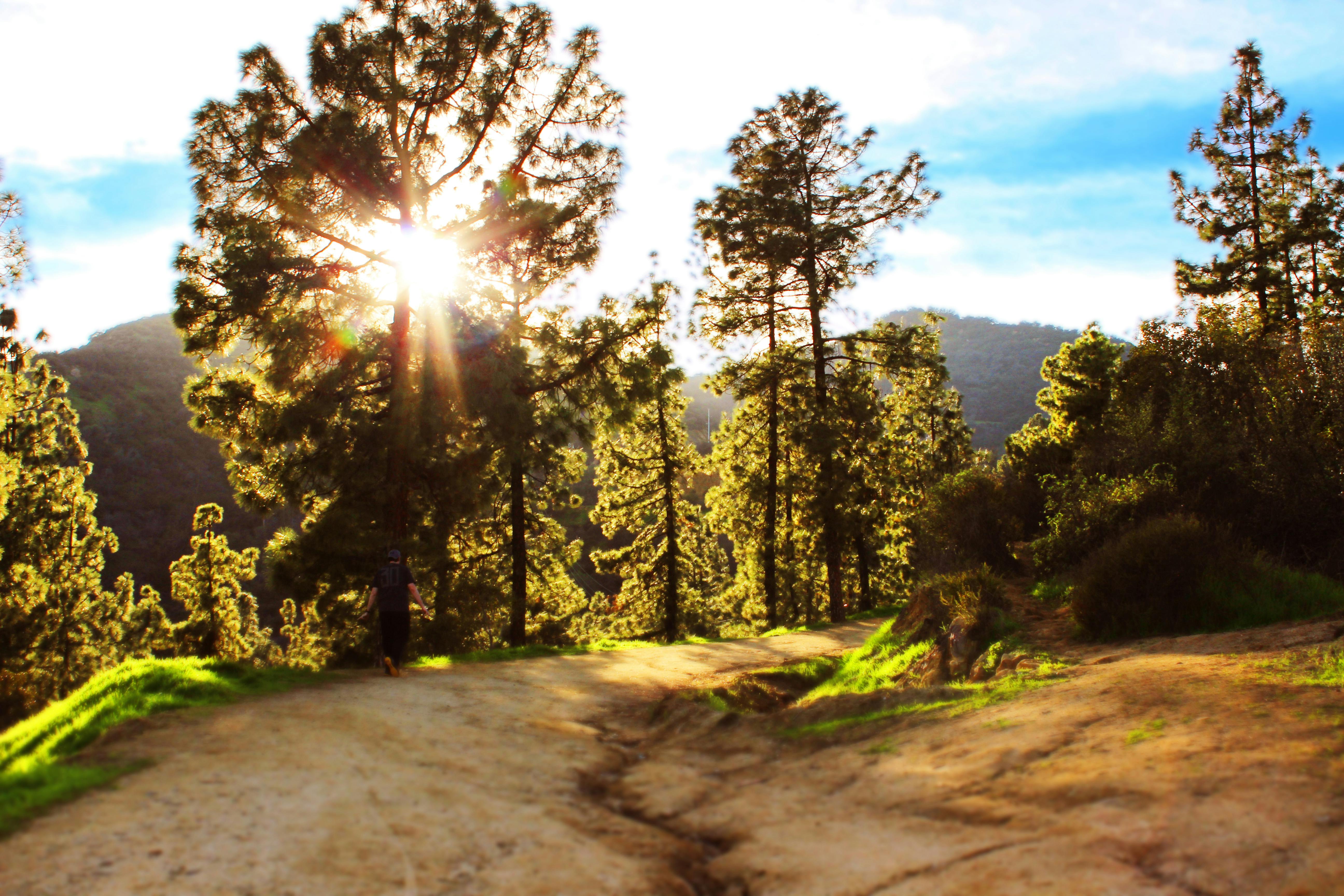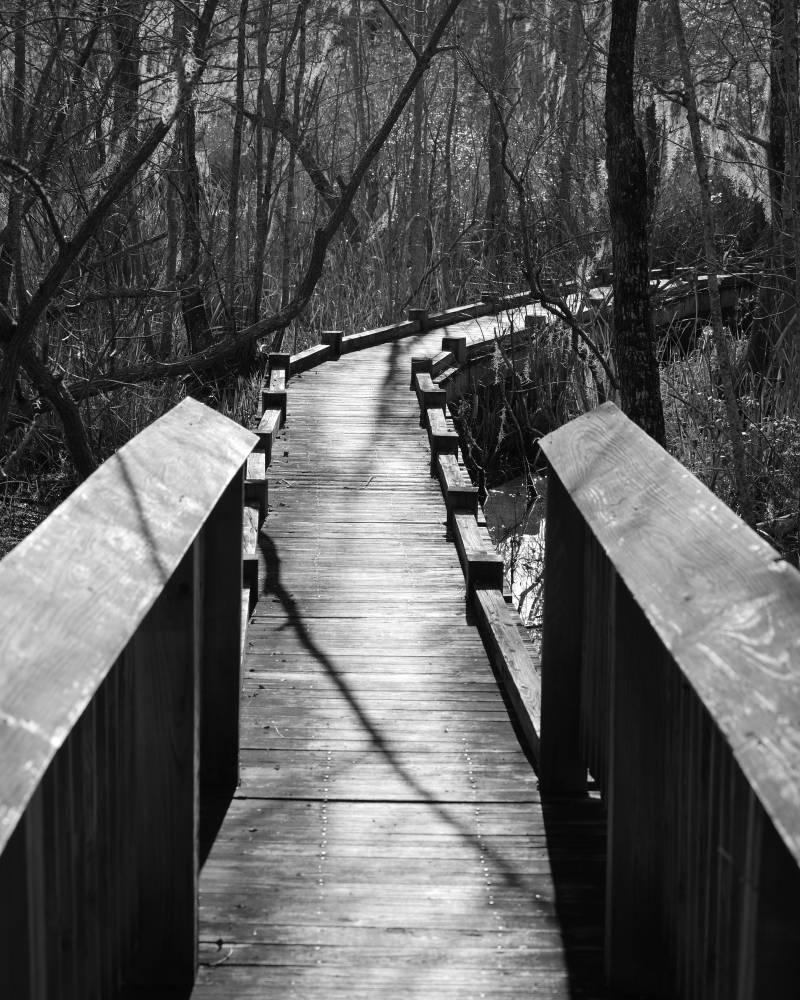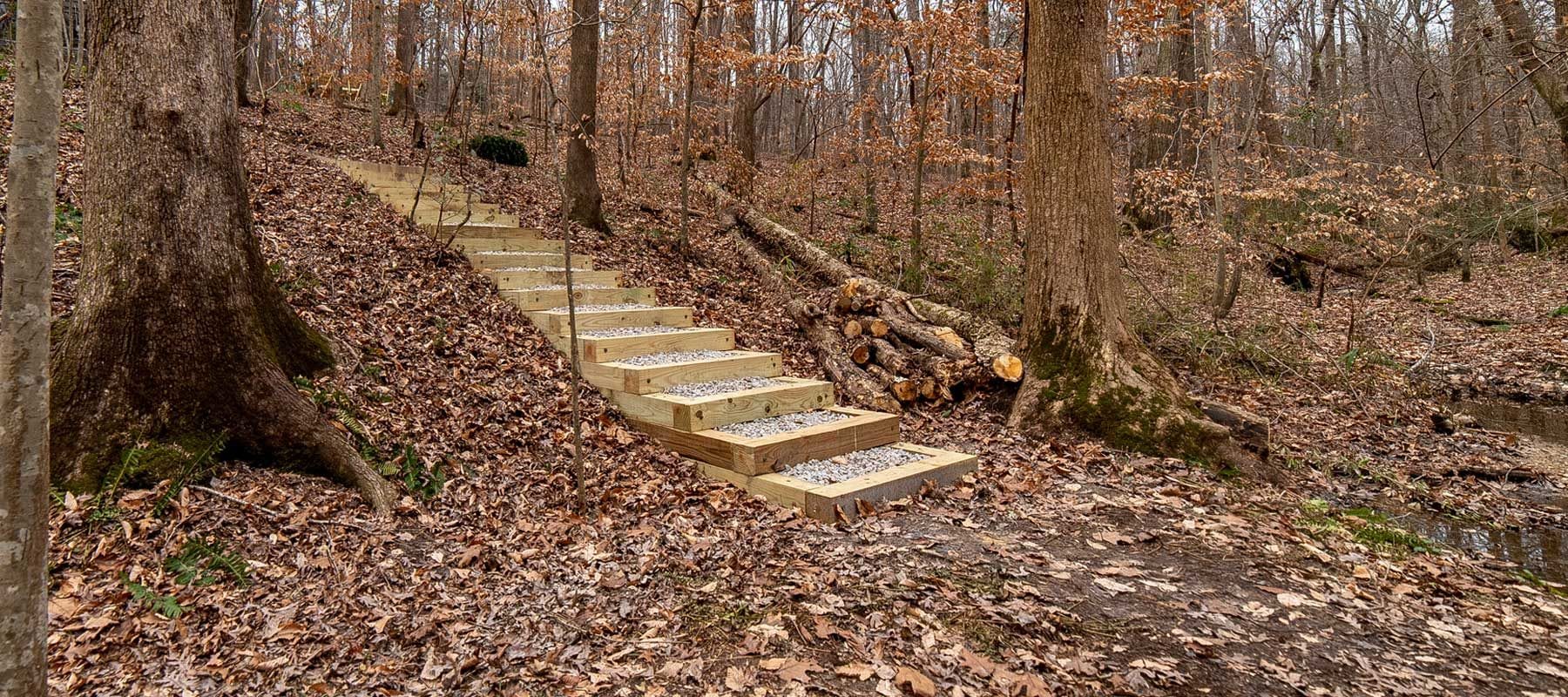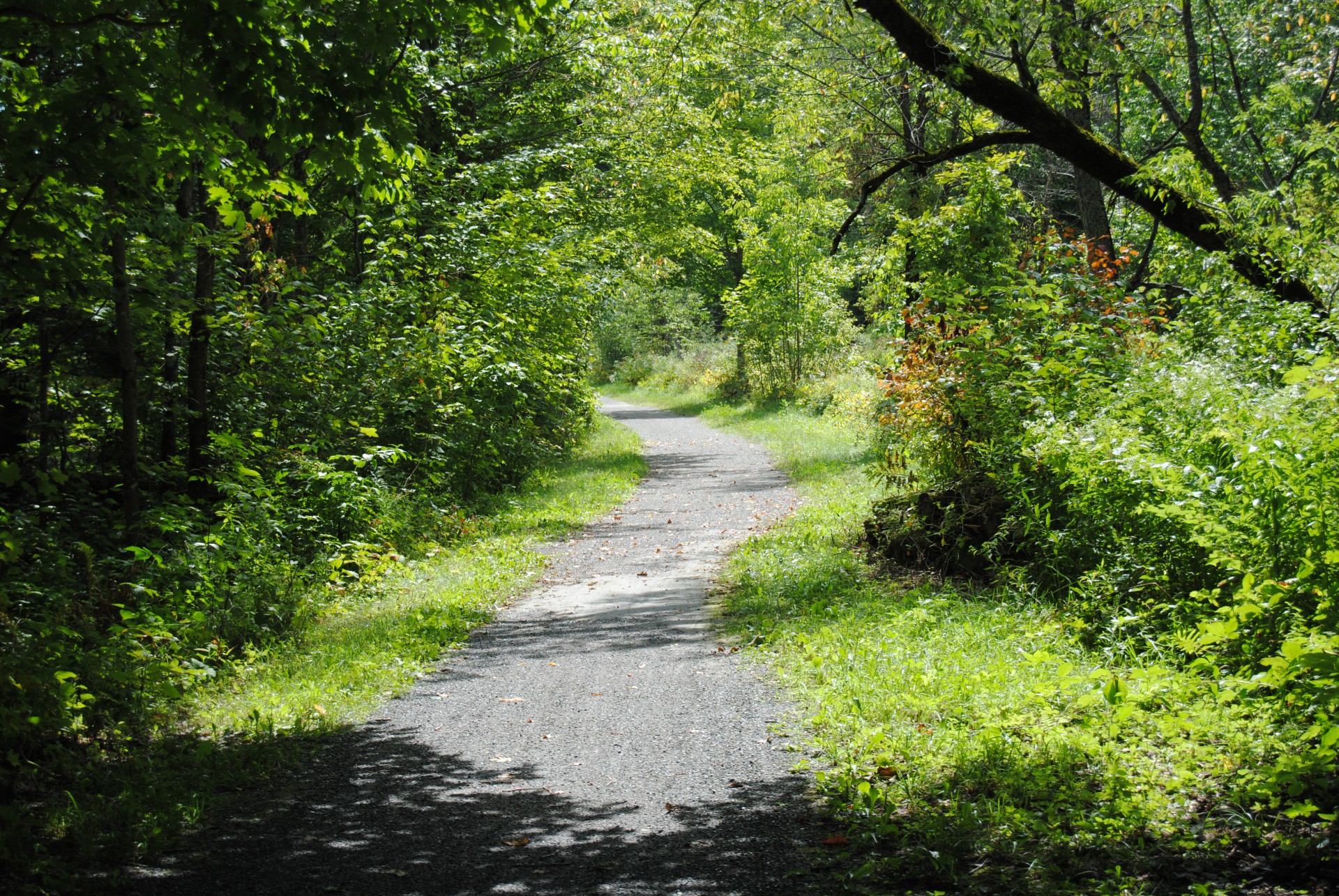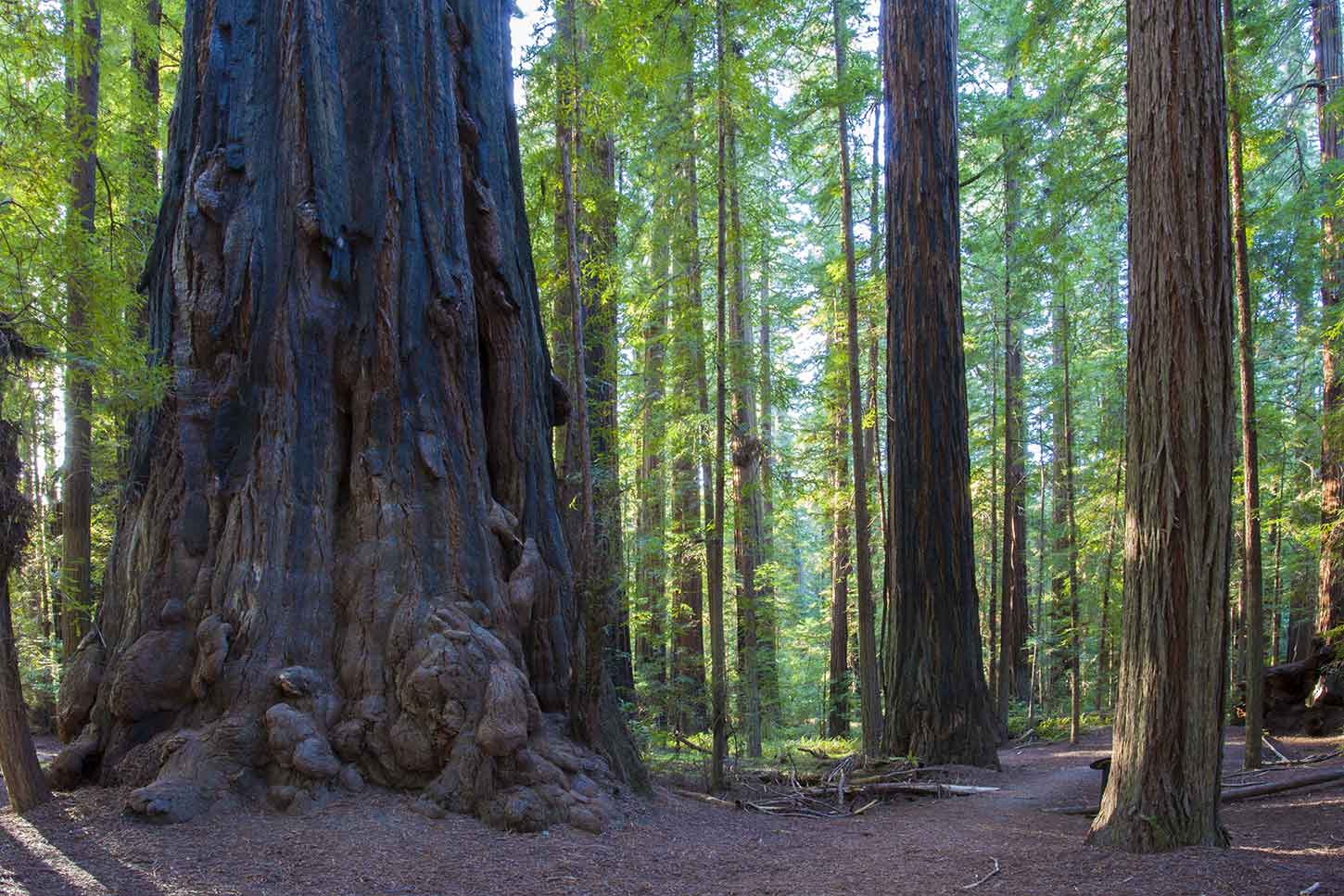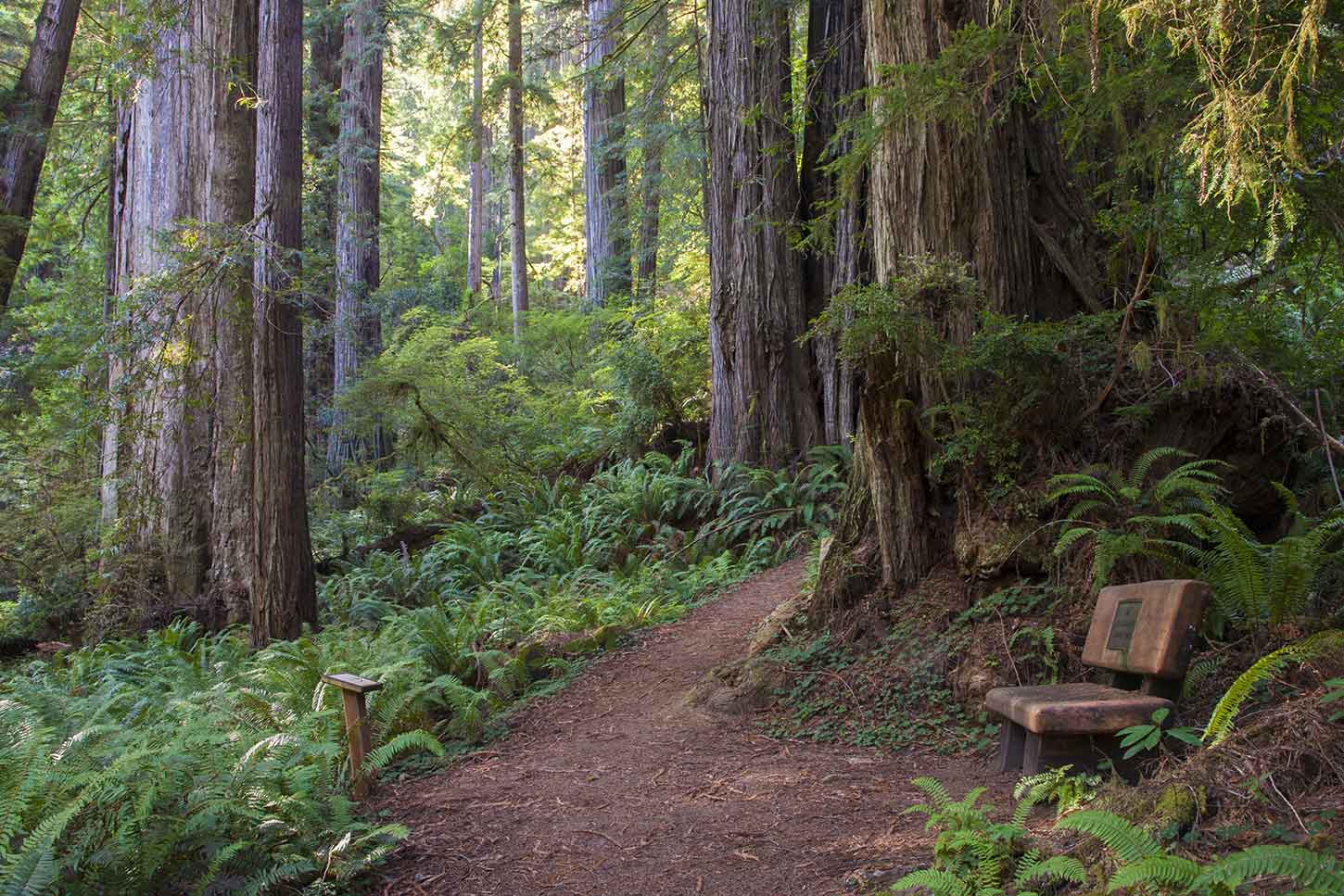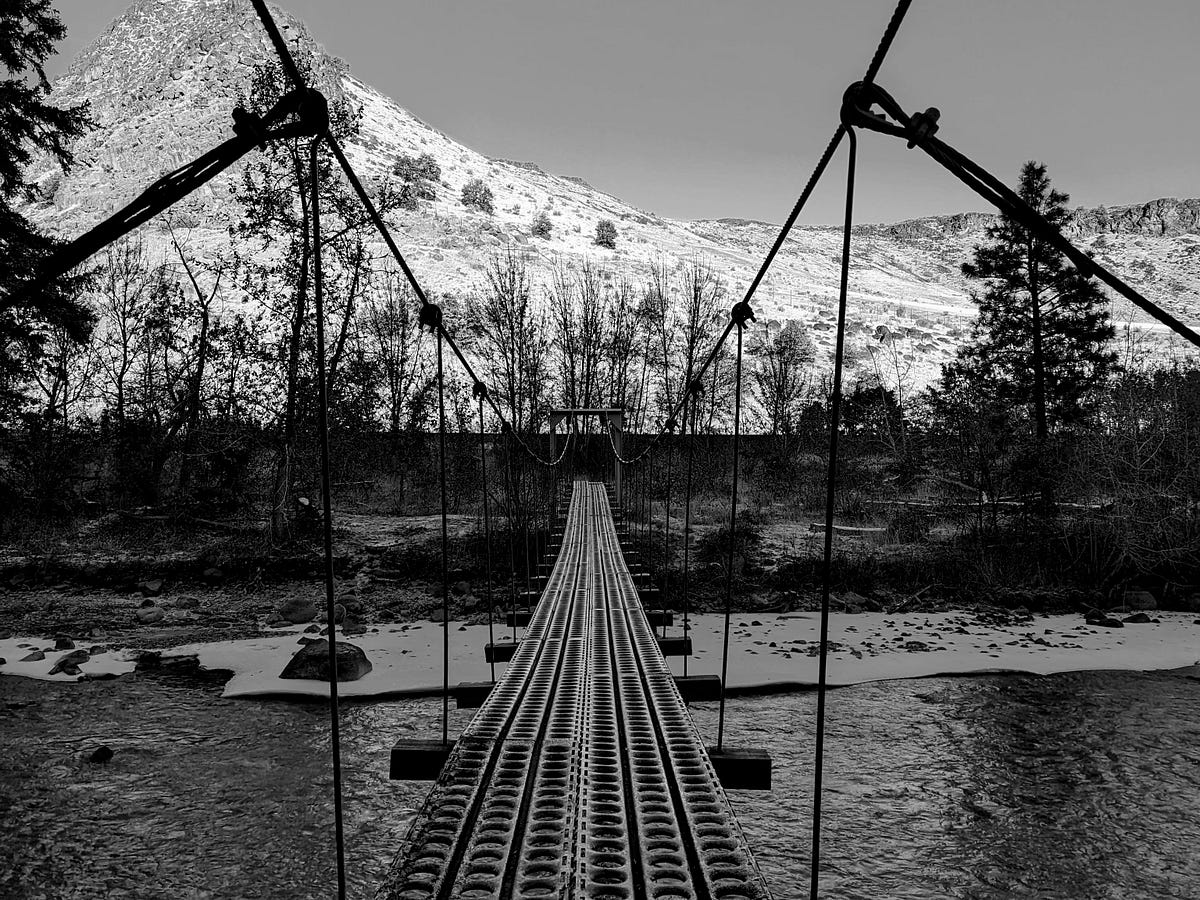Fabulous Info About How To Build A Nature Trail

Creating your nature trail is the perfect free summer holiday activity too and can be used for schools and businesses.
How to build a nature trail. Pick up larger rocks, limbs, logs, and trail obstructions and throw them away. Introduction so you have decided to make an educational nature trail. Take measures to minimize negative impacts and ensure visitor safety.
Find the answers you need on rural living: Hiking on foot into the unmarked wilderness, using a chainsaw to open up corridors, digging. Because my soil is a.
Set branches or limbs that are at least two inches in diameter in one area. Determine an appropriate area of school property for the nature area. Water flow and drainage are the key factors in sustainable trails i grew up in a trail culture that said “do the clearing, fill in the holes and ruts, and, if you have erosion,.
Devil's bridge trailhead: The trail designer/constructor learns over time the nuances of the forest, rocks and streams and how important it is to build a sustainable trail that is easy to maintain and becomes a natural part of the landscape. From the state route 179/89a traffic circle in sedona, go 3.2 miles west (toward cottonwood) on sr 89a to dry creek road.
Build a trail opening the trail. Life science and biology, resources for naturalists making a nature trail map having a good, readable map of your trail will greatly enhance your visitors’ experience. You can create your own trail or find one near you.
A day of trail building can encompass any number of grueling tasks: Any book on trail building will admonish you to survey carefully before cutting your trail. This gives areas for birds and other wildlife to hide as you.
If you have access to a gps to map your trail area that is great, but it is not at all. Three easy trail guides you can make: With proper planning and construction, nature trails can be designed to minimize human disturbance and impacts on wildlife, plants, soils and waterways.
Assess your site first, you must assess your site. This presentation discusses the seven biggest considerations for planners and designers when designing near wetlands, streams, forests, and other environmental. Create an outline and map of the trail, marking key points of interest and necessary features like.
Draw a map to scale of school building and natural areas. Woodrow ross on february 25, 2023 a recreational.


